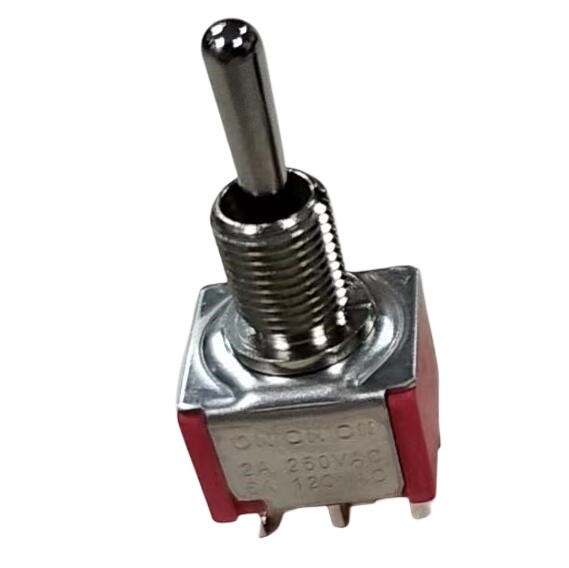A 3-way toggle switch is a type of electrical switch that allows control of a circuit from two different locations. It is commonly used in residential and commercial lighting installations where a single light fixture can be operated from two different switch locations. The primary function of a 3-way toggle switch is to provide the ability to turn a light or other electrical device on or off from either of the switch positions.
Here's how a 3-way toggle switch typically operates:
Two Switch Positions: The 3-way toggle switch has three terminals or contacts. The common terminal is typically located in the middle, with a traveler terminal on either side. The switch has two toggle positions: up and down. In one toggle position, the common terminal is connected to one of the traveler terminals, and in the other toggle position, the common terminal is connected to the other traveler terminal.
Control from Multiple Locations: The 3-way switch is used in conjunction with another 3-way switch to control a light or device from two different locations. For example, imagine you have a hallway with switches at both ends. Each switch is a 3-way toggle switch. Toggling either switch will turn the light on or off, regardless of the position of the other switch.
Alternate Operation: The position of the toggle switch determines whether the connected device is powered or not. If the toggle switch is in the "up" position, for instance, the circuit is closed, and the connected device receives power. If the toggle switch is toggled to the "down" position, the circuit opens, and the connected device is turned off.
The 3-way toggle switch allows for convenient control of a circuit from multiple locations, offering flexibility and convenience in situations where it may be more convenient to turn a light on or off from different spots.
